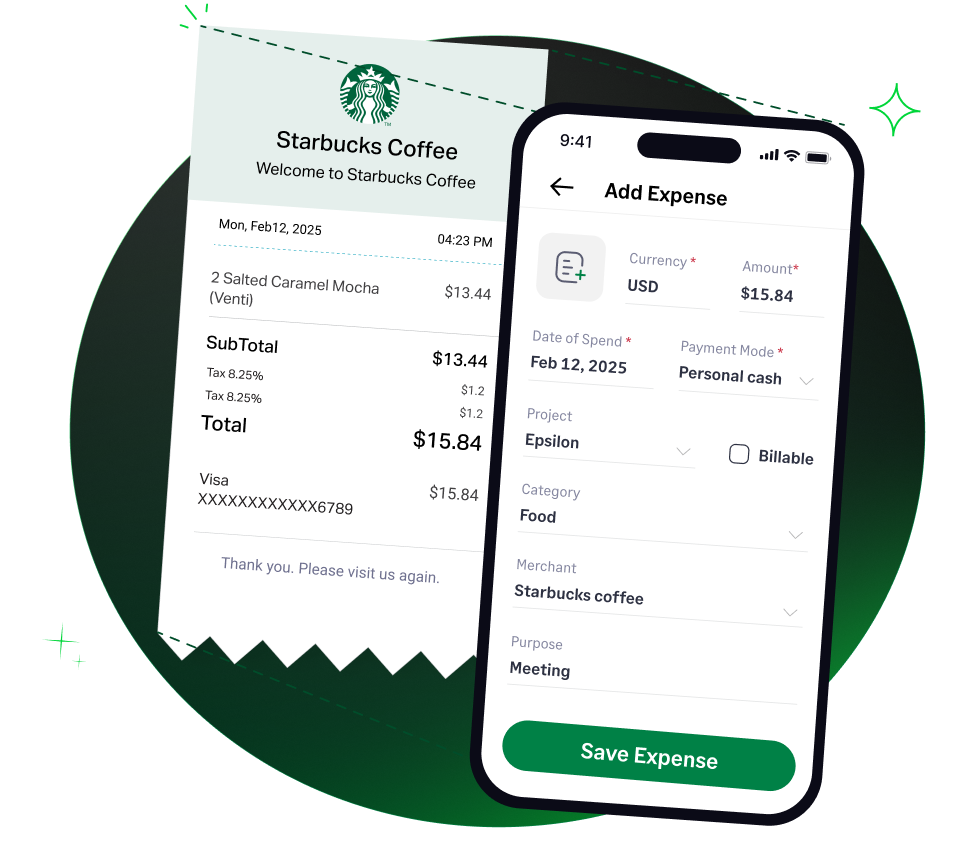✨ Exciting news: Fyle is now part of the Sage family! Learn more in our press announcement >
 4.6/51670+ reviews
4.6/51670+ reviewsPaper Goods and Disposables
For restaurants, cafes, and any food service business with a takeout or delivery component, the cost of paper goods and disposables is a major, recurring expense. Items like takeout containers, disposable cutlery, napkins, and cups are essential for serving customers.
While these items are a necessary cost of doing business, a key accounting question is how to categorize them. Are they a general supply expense, or are they a direct cost of the product you sell?
For many restaurants, treating these costs as part of the Cost of Goods Sold (COGS) is the most accurate method. This guide will explain this approach to ensure your financial reporting is accurate and compliant.
The costs of paper goods and disposables provided to customers with their food and beverage orders are best categorized as part of your Cost of Goods Sold (COGS).
IRS Publication 334 explains that COGS includes the cost of all merchandise you purchase for sale. In a modern food service business, the packaging and disposable items are an integral part of the final product delivered to the customer.
Including these costs in your COGS calculation provides a more accurate picture of your gross profit per sale. These costs are included on Line 36, Purchases, within the COGS section of Schedule C.
To correctly calculate your COGS, you must accurately track your inventory of these items and distinguish them from general overhead supplies.
It is essential to separate the costs of items that go to the customer from those used for general operations.
IRS Publication 334 states that when the sale of merchandise is an income-producing factor, you must use inventory to reflect your income. If you include your paper goods and disposables in COGS, you must also include them in your physical inventory counts at the beginning and end of each tax year.
Including direct disposables in your COGS provides a more accurate calculation of your restaurant's prime cost (COGS + Labor Costs). This gives you a clearer understanding of your profitability on every item you sell, especially for takeout and delivery orders.
Your gross profit is calculated by subtracting your total COGS from your gross receipts. Therefore, accurate tracking of these costs is essential for correct tax reporting.
For a sole proprietor filing a Schedule C (Form 1040), the Cost of Goods Sold is calculated in Part III of the form. The cost of paper goods and disposables purchased during the year is included on Line 36, Purchases, and their inventory values are reported on Line 35 and Line 41.
You must have documentary evidence to substantiate all your costs. Your records should include:
Fyle helps you capture and organize the high volume of supplier invoices for your restaurant, providing a clean and compliant record for your COGS calculation.




